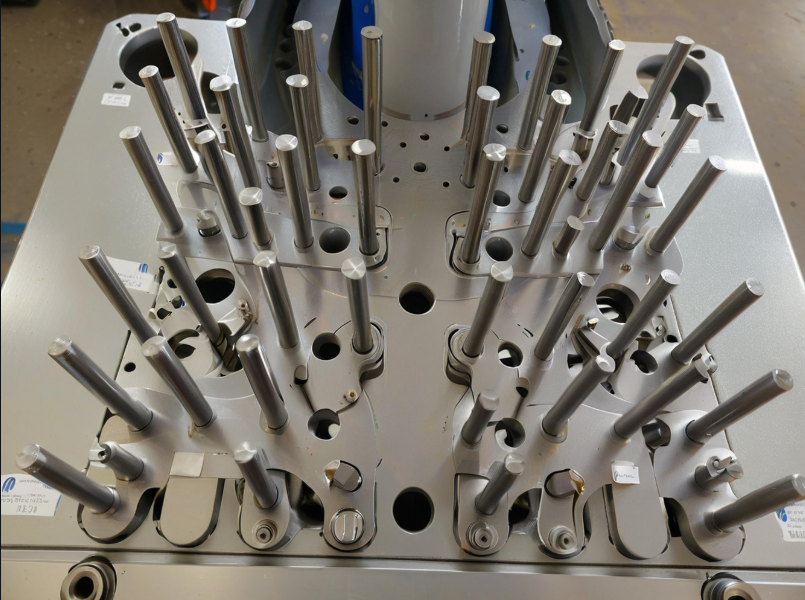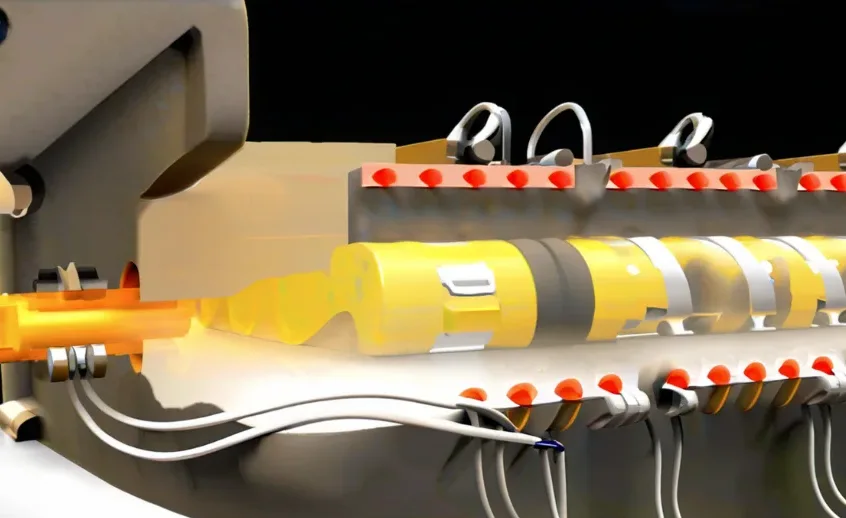Table of Contents
In today’s competitive manufacturing industry, rapid prototyping technology is becoming a key tool for manufacturers. It shortens product development cycles, reduces costs, and improves product quality. This article explores how rapid prototyping helps manufacturers stay ahead of the competition.
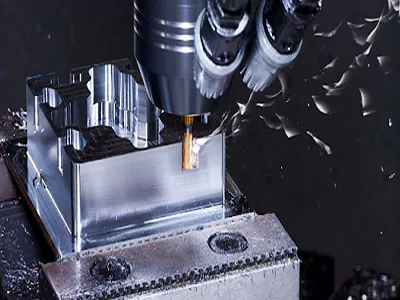
Advantages
1. Rapid prototyping Accelerate product launch
Rapid prototyping enables manufacturers to quickly create physical models, speeding up design verification and functional testing. Unlike traditional methods, which take weeks or months to make molds, rapid prototyping can be done in days or hours, reducing time to market and allowing companies to respond faster to demand and competition.
Example: Tesla used rapid prototyping technology to speed up the design iteration process when developing its electric cars. They use 3D printing technology to quickly manufacture prototype parts, validate designs, and perform performance testing. Tesla has shortened the design-to-production time, enabling quick market launches.
2. Reduce development costs
Rapid prototyping technology helps manufacturers reduce costs by identifying and resolving design defects early, avoiding expensive mold manufacturing, and allowing multiple iterations of testing and optimization. This not only reduces material waste but also reduces overall development costs, allowing companies to use resources more efficiently.
Example: Dell used rapid prototyping technology to test different design options when developing new computer and server casings. Traditional metal stamping dies are expensive, and each design adjustment requires remaking the dies. With rapid prototyping, Dell can quickly generate and test prototypes, avoiding the high cost of making dies repeatedly.
3. Improve design and product quality with rapid prototyping
Rapid prototyping technology allows designers and engineers to conduct multiple iterations of testing and improvement to ensure the feasibility and functionality of the design. By quickly creating and testing physical models, engineers can better evaluate the shape, s I, ze, and function of the product, ensuring that the final product meets the design requirements and meets high-quality standards. This continuous optimization process helps improve product reliability and market competitiveness.
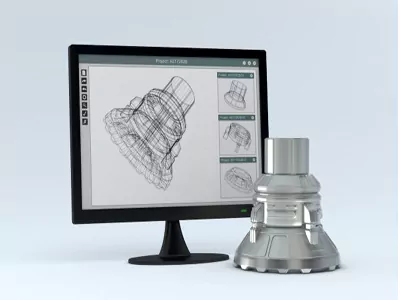
4. Enhanced communication and collaboration
Physical prototypes provide an intuitive reference point, allowing team members to discuss and communicate design ideas and improvement suggestions more clearly. This promotes effective collaboration between designers, engineers, and other stakeholders, thereby improving decision-making efficiency. Especially in cross-departmental or cross-regional teams, physical prototypes help eliminate communication barriers and ensure that all participants have a consistent understanding of the project.
5. Improve customization and flexibility
Rapid prototyping technology supports personalized customization, and manufacturers can quickly modify and produce products according to the specific needs of customers. This flexibility enables companies to better meet market needs and provide more competitive products and services. For example, in the fields of medical devices and consumer electronics, rapid prototyping technology allows manufacturers to quickly adjust designs based on customer feedback and provide tailored solutions.
6. Reduce production risks only rapid prototyping can do
Through early and frequent design verification, rapid prototyping technology can detect and solve potential problems early, reducing risks in large-scale production. This can avoid major defects and quality problems in production and ensure a smooth and stable manufacturing process. Manufacturers can fully verify all aspects of the design before investing a lot of resources in formal production, thereby reducing investment risks.
Example: GE used rapid prototyping technology for early development and testing when developing new aircraft engine parts. However, before entering large-scale production, they adopted a gradual transition approach, first conducting small-batch trial production and strengthening key components through traditional manufacturing methods. This gradual transition strategy reduces the quality and reliability risks that may be caused by relying entirely on rapid prototyping.
7. Rapid prototyping to Stimulate innovation and creativity
Rapid prototyping technology enables designers to freely explore and try new ideas and concepts without worrying about time and cost constraints. This encourages innovative thinking in the design process and helps companies develop more innovative products. Designers can quickly make and test various design variations, discover the best solution, and launch products with unique advantages on the market.
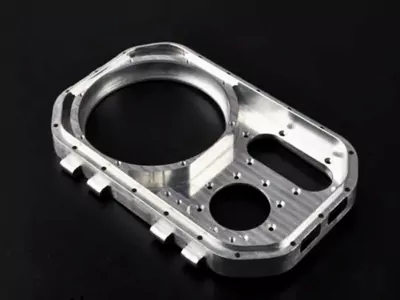
8. Rapid prototyping to Get market feedback
Manufacturers can use rapid prototyping technology to make functional prototypes and show them to potential customers or market research groups to collect feedback. This helps manufacturers understand market demand and consumer preferences before formal production, and make corresponding adjustments and improvements. By obtaining market feedback early, companies can more accurately position products and improve market acceptance and sales performance.
9. Optimize production plans
Through verified prototypes, manufacturers can better plan production processes, and optimize resource allocation and production efficiency. This not only reduces production cycles but also improves overall manufacturing efficiency and product quality. By solving design and manufacturing problems at an early stage, companies can avoid bottlenecks and delays in the production process and ensure on-time delivery of products.
10. Support complex and innovative designs
Fast prototyping technologies like 3D printing enable complex designs that are difficult with traditional methods, expanding designers’ creative space. In aerospace and automotive manufacturing, it helps engineers create lighter, more efficient parts, enhancing performance.
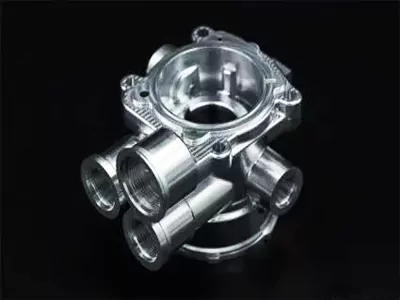
Conclusion
Rapid prototyping enhances production efficiency, product quality, and reduces development costs and risks. It enables faster response to market demands, custom production, and fosters innovation and teamwork. As technology advances, rapid prototyping will offer more business opportunities and competitive advantages, driving sustainable growth for companies.


